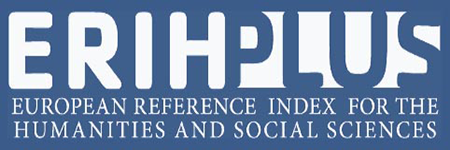AESTHETICS AND IDEOLOGY OF THE CLASSICAL HOLLYWOOD WESTERN
DOI:
https://doi.org/10.7251/FPNDP2102017BKeywords:
Hollywood, Classical Western, cowboys, Indians, stereotypesAbstract
This paper deals with the analysis of aesthetic and social factors that were crucial in the communication process between the Classical Hollywood Western and the audience. The focus of the paper is on the Western films made between 1940 and 1970, when the genre of Classical Western was extremely popular worldwide. The reasons for this are manifold, since they encompass the aesthetic, sociological and psychological sphere. Firstly, as a relatively new art, film was beloved by spectators, and the aesthetic structure of the Western (themes, manners of interpretation, directing, acting and other) suggestively attracted the attention of millions. The paper also identifies ideological (sociological) components of communication. Particular emphasis is placed on the change in the relationship of film auteurs towards Indians, who were at first represented as savages only for that image to become much more objective and closer to the truth. Explication and exemplification of the hypotheses are conducted using the examples of typical and characteristic films that belong to the category of Classical Westerns. Furthermore, the paper contains a comparative analysis of the most prominent authors of this popular genre, including John Ford, Howard Hawks and Budd Boetticher.
Downloads
Published
Issue
Section
License

This work is licensed under a Creative Commons Attribution-NonCommercial-NoDerivatives 4.0 International License.





